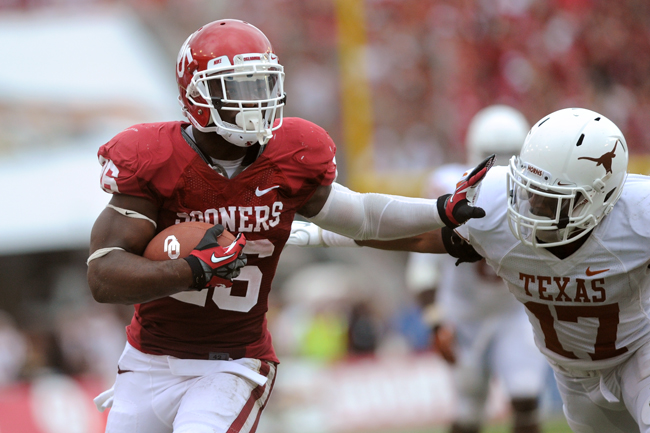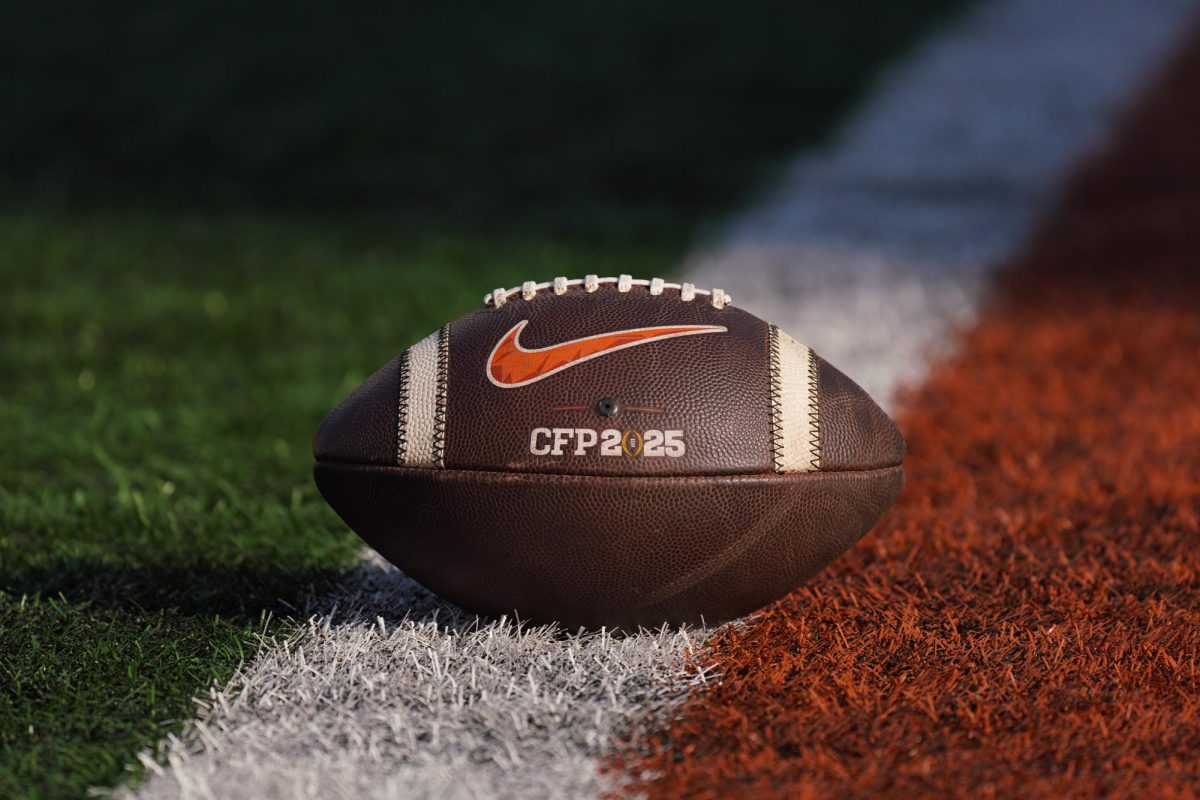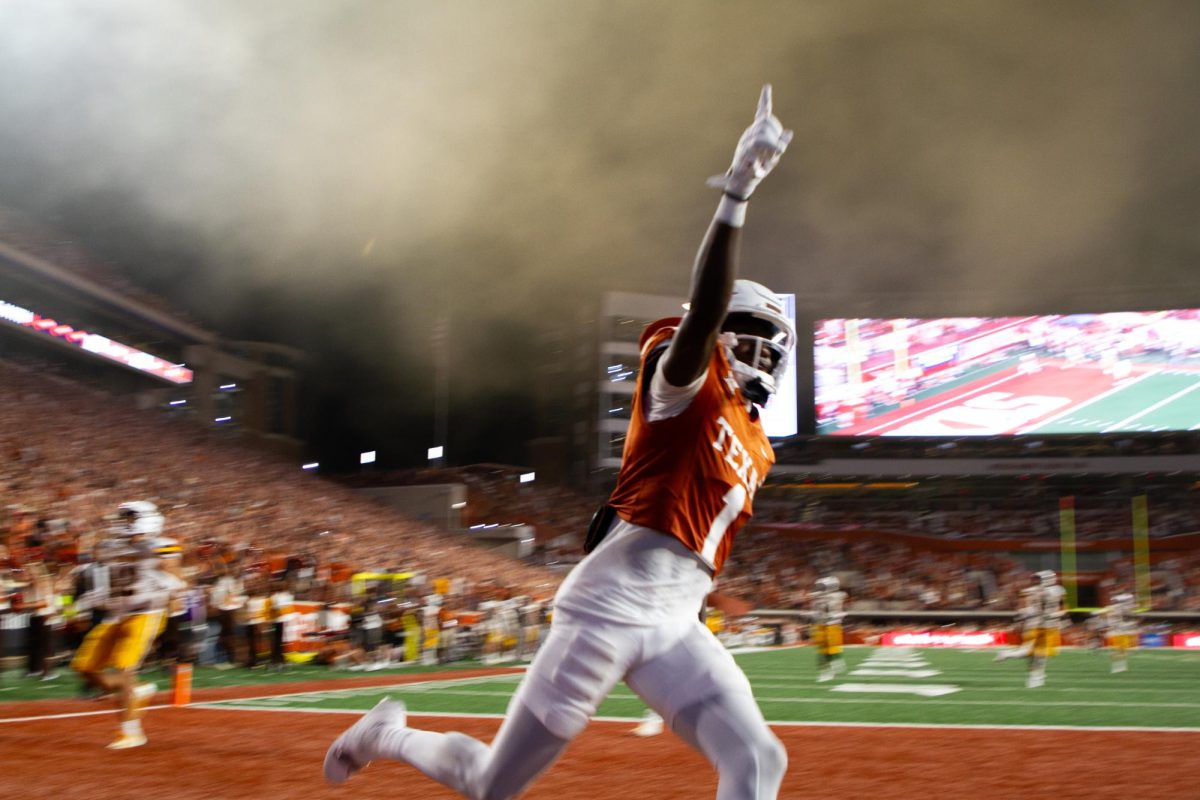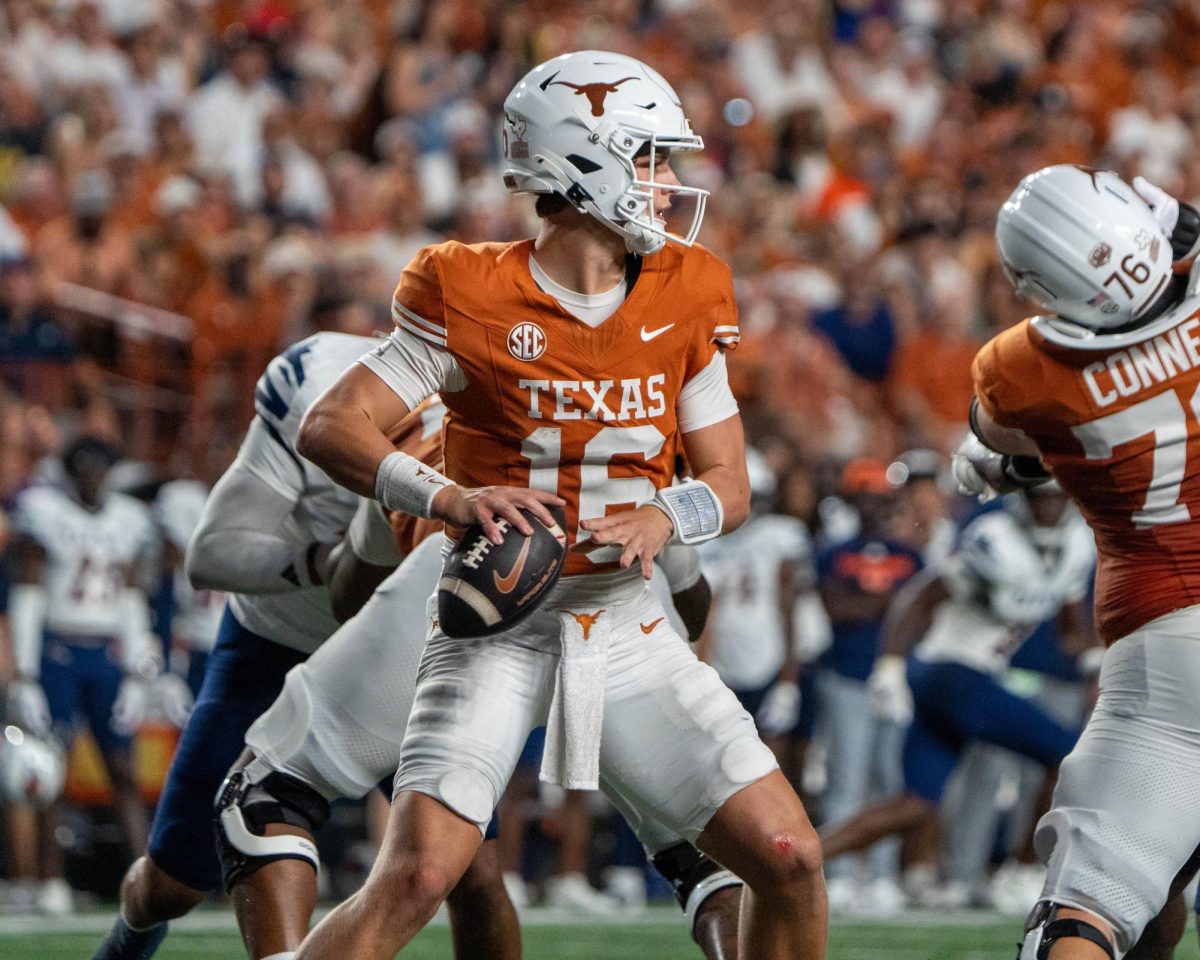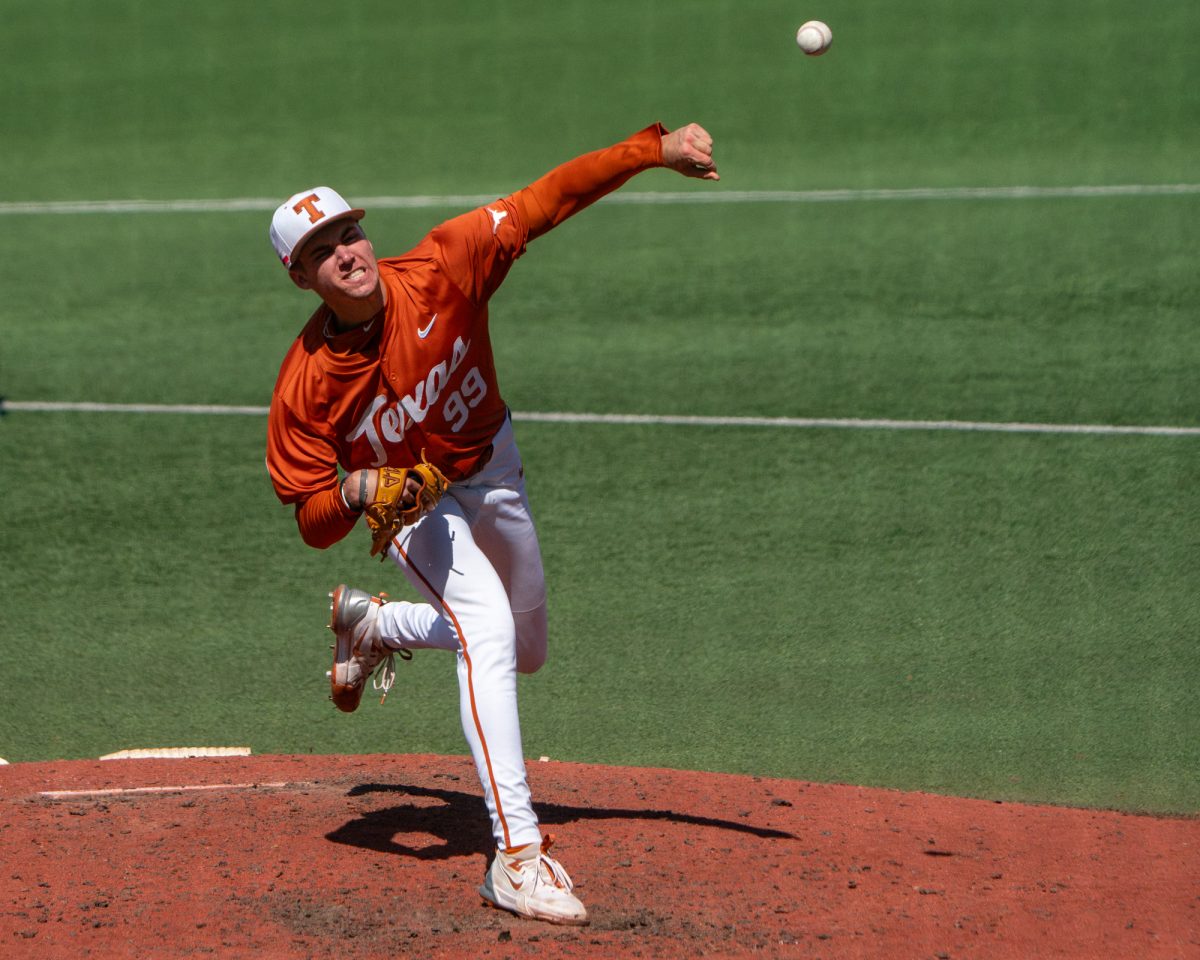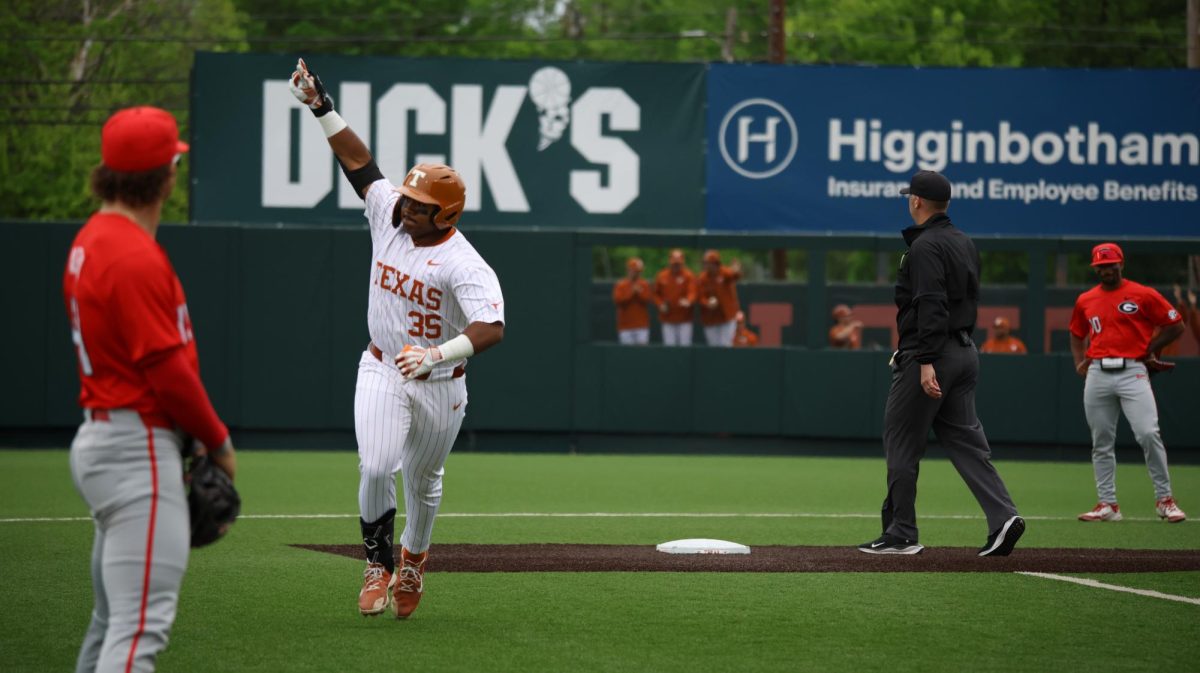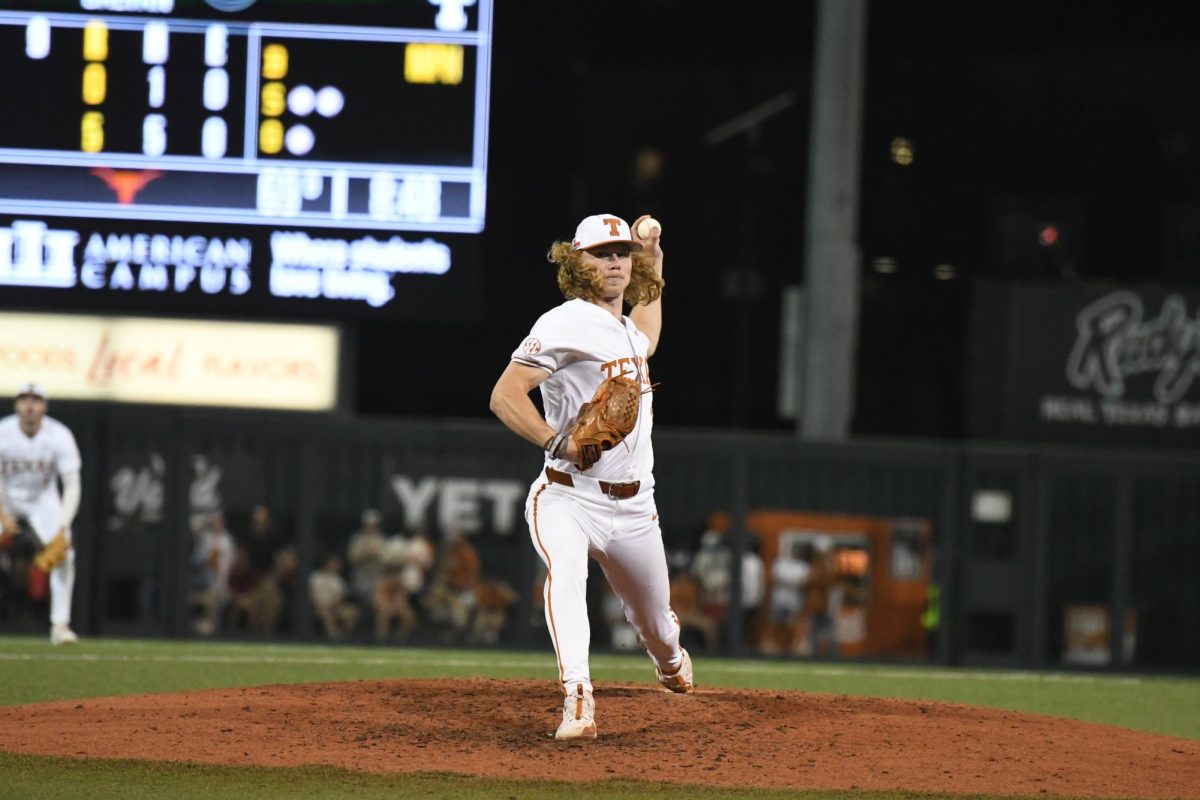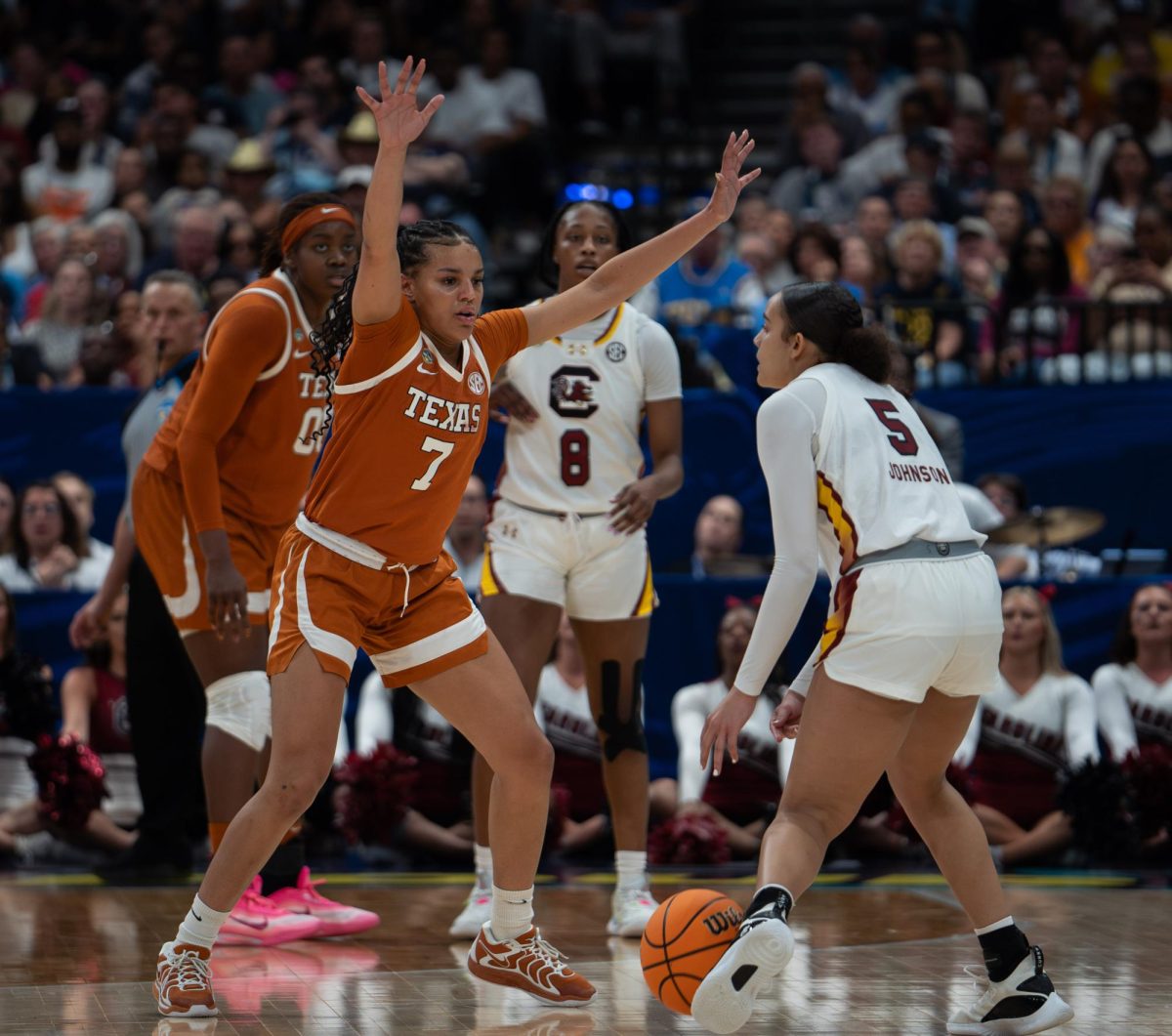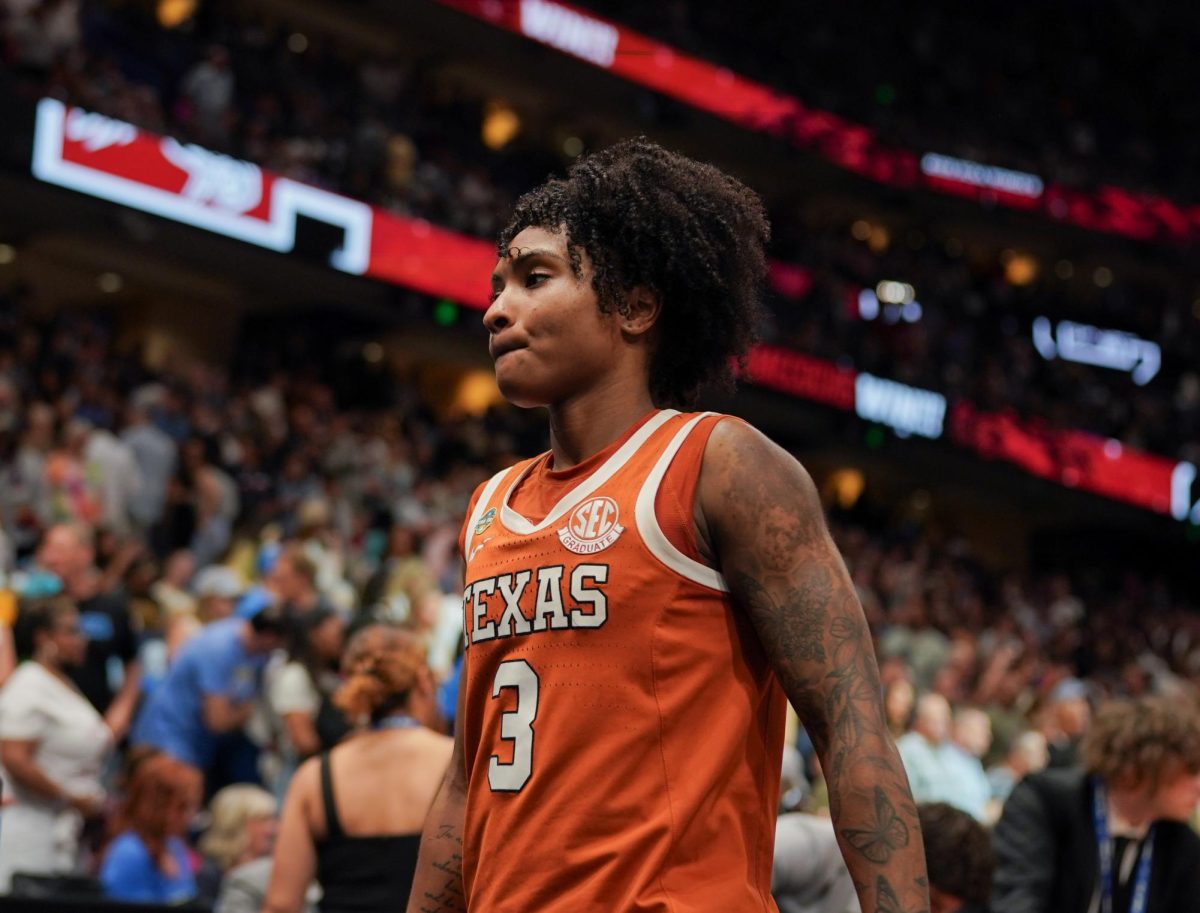Bob Stoops took over at Oklahoma in 1999. Since then, Oklahoma and Texas have met on the field 14 times, with Oklahoma holding a 9-5 record. Over the years, college football has evolved with spread offenses becoming more and more prevalent, which has led to 11 Heisman winning quarterbacks since 1999, with the position more important now than ever.
Over this time, the Red River Rivalry has had some phenomenal quarterbacks take the field, such as Sam Bradford and Jason White of Oklahoma as well as Vince Young and Colt McCoy of Texas. Despite the dominating careers of these passers, the winner of the
Red River Rivalry has come down to whoever runs the ball better.
In every contest since Oklahoma hired Stoops, the team with the most rushing yards took the Golden Hat, except for 2006 when both squads ran for 124 yards. In the Stoops era, Oklahoma has out-run Texas 145 to 109 yards per game.
When digging deeper and dividing rushing stats by era (1999-2003, 2004-2009 and 2010-present) and results, (Texas victory, Oklahoma victory, Oklahoma blowout victory, other Oklahoma wins) running the ball further correlates to victory.
From 1999-2003, Oklahoma outgained Texas on the ground by an average of 155.6 to 93.80 and scored over twice as many rushing touchdowns. Oklahoma took four out of five from Texas and ran the ball 10 more times per game (39.6 to 29.4).
In 2004, Young pulled away as Texas’ unquestioned starting quarterback leading to a zone-read heavy offense. But Texas lost to Oklahoma 12-0 and the run battle 301 to 154.
From 2005 to 2009, Texas won four of five against Oklahoma, averaging 138.20 yards per game against the Sooners’ 80.60, while scoring a rushing touchdown three and a half times as often.
Following McCoy’s injury in the 2010 BCS National Championship Game, Texas’ offense has struggled with its identity both under center and philosophically.
Not surprisingly, over this stretch Oklahoma’s ground game has dominated Texas’ by an average of 184.33 to 72.33. The Longhorns have scored zero rushing touchdowns the past two contests and averaged only 1.62 yards per carry.
When Texas emerged victorious, it is because they won the battle in the trenches. This is apparent as Texas averaged 100 yards more on the ground per game than it did in losses, at 171 to 75. In both cases, Texas calls about an equal percentage of run plays (52 percent in wins, 48 percent in losses) but the difference lies in yards per carry (4.66 in wins, 2.44 in losses) and rushing touchdowns (1.4 per game in wins, 0.9 per game in losses).
What may be an even bigger indicator for Texas’ success is how many times and how well Oklahoma runs when they have the ball. In Texas victories, Oklahoma’s run game accounts for 49.6 yards per contest and only 1.52 yards per carry, but in Oklahoma victories those numbers grow to 198.56 and 4.41, respectively.
In blowout victories, Oklahoma tears through Texas to the tune of 215.75 yards rushing and 4.9 yards per carry while running into the end zone 4.25 times per contest. In wins, Oklahoma attempts approximately 17 more rushes per game than in losses and finds the end zone through the ground significantly more per game (2.67 to 0.2).
Based off rushing statistics and observations through five games, it seems very unlikely the Longhorns will beat the Sooners on the ground. Texas ranks last of any BCS conference team in rushing yards allowed per game at 248.4, whereas Oklahoma surrenders only 113.20 per contest. The Sooners run the ball 46.20 times per game for 246 yards on average.
Considering the context of the 2013 game and the tendency for the run game to decide the contest, it looks very likely the Sooners will run away with the Golden Hat again.

